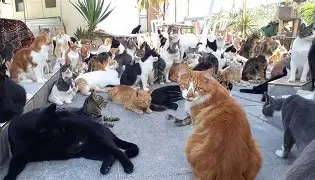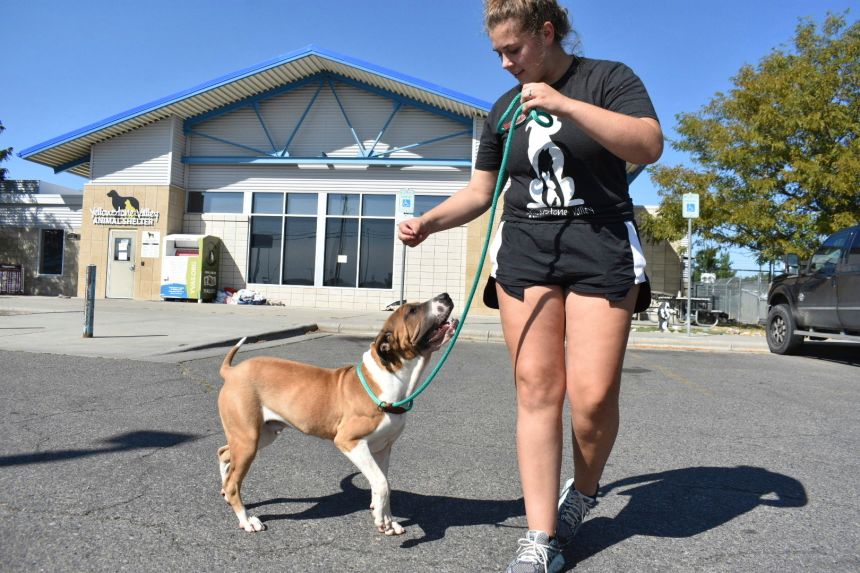Cyprus which is an island in the eastern Mediterranean is facing a very cute problem, an overwhelming number of feral cats. Officials estimate there is roughly one stray cat for every one of the island’s one million residents, but the number may even be higher.
The island’s government has tried to control the problem with a sterilization program but it’s still not enough. Currently only about 2,000 cats are sterilized each year with a budget of 100,000 euros which is equivalent to $117,000. Environment Commissioner Antonia Theodosiou says this is too limited to slow the population growth. In response the government has announced plans to increase funding to 300,000 euros annually.
However, experts warn that money alone will not solve this issue. Charalambos Theopemptou, head of the parliamentary committee on the environment says there needs to be a clear plan for the next steps, “Sterilizations must be part of a larger strategy” he said, pointing out that uncontrolled breeding and easy survival of kittens contribute to the growing numbers.
Cyprus has a very long history of loving cats, dating back to thousands of years. Archaeologists found evidence of domesticated cats from 9,500 years ago. Legends tell of Saint Helen bringing cats to the island to fight snake infestations. Today tourism fuels the problem as many visitors feed and care for the cats.
Volunteer groups and private veterinarians try to trap and sterilize feral cats but with the limited resources and difficulty capturing enough animals progress remains slow. Experts believe that in about 4 years the population could get under control but only with an aggressive sterilization plan.
Proposals include using an app on phones to locate large groups of the cats and setting up a fund for donations. The goal is to make sterilization easier and more accessible, reducing the feral cat population while also protecting the island’s ecosystem.













